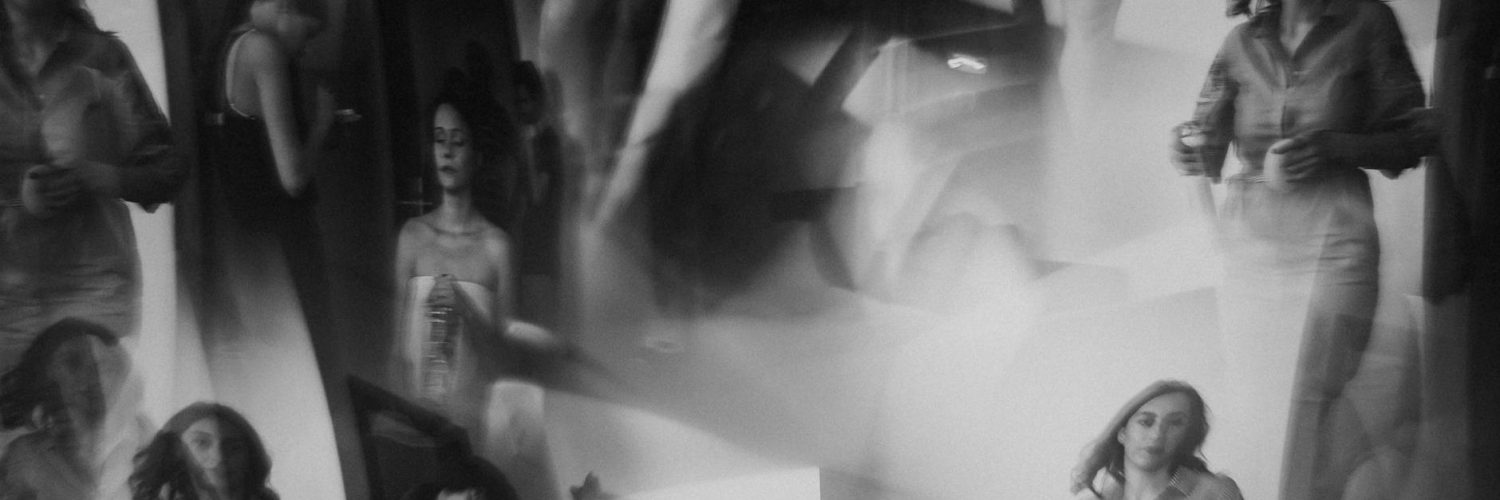We consume entertainment and art daily, but how often do we really see it? I’m talking about the stuff beyond the catchy tune, the dazzling special effects, or the vibrant brushstrokes. There’s a whole universe of fascinating details, hidden meanings, and unexpected connections that most people completely overlook. Let’s dive into some of these fascinating layers, exploring movies, music, and visual arts.
Movie Magic: More Than Meets the Eye
Think about your favorite movie scene. The action is thrilling, the dialogue sharp, but have you ever considered the meticulous planning that goes into even a single shot? Take, for example, the shower scene in Alfred Hitchcock’s *Psycho*. The sheer genius lies not just in Bernard Herrmann’s iconic score but in the editing. The rapid cuts and the use of subjective camera angles create a sense of claustrophobia and dread, amplifying the tension far beyond what a straightforward shot could achieve. It’s masterful manipulation of the audience’s emotions through cinematic techniques we often take for granted.
Then there’s the hidden symbolism often woven into films. Consider *The Wizard of Oz*. Beyond the whimsical story, many believe the film contains subtle political and social commentary. The yellow brick road, for instance, could represent the gold standard, and the Wicked Witch of the West might symbolize the oppressive forces of industrialization. These interpretations, while subjective, add another layer of depth and intrigue to a seemingly simple children’s story. Likewise, Stanley Kubrick’s *2001: A Space Odyssey* remains a subject of endless debate, sparking discussions about the nature of humanity, artificial intelligence, and even the possibility of extraterrestrial life decades after its release. It’s a masterpiece that rewards repeated viewings, revealing new nuances with each watch.
Musical Mysteries: Beyond the Melody
Music is more than just pleasing sounds; it’s a language of emotion and storytelling. But even within that language, there are hidden layers. Think about the use of leitmotifs in classical music, where recurring musical phrases are associated with specific characters, objects, or themes. Wagner masterfully employed this technique in his operas, instantly reminding the audience of a particular character or emotional state through a simple melody. This adds depth and complexity to the narrative, reinforcing emotional impact and foreshadowing future events. It’s a technique famously adopted by film composers like John Williams, who used leitmotifs extensively in the *Star Wars* saga, instantly conjuring feelings of heroism, menace, or hope with specific musical phrases. Unraveling the "Paul is Dead" Conspiracy
Beyond classical music, consider the surprising influences and hidden messages in popular songs. Many songs draw inspiration from unexpected sources—folklore, poetry, historical events—influencing their lyrical themes and musical arrangements. Analyzing these sources can significantly enhance our understanding and appreciation of the song’s meaning and context. For example, Bob Dylan’s songwriting was heavily influenced by American folk music traditions, poetry, and even the Bible; it adds depth to what seems like simple protest songs. Many hip-hop artists directly sample previous tracks, creating an intertextual dialogue that connects different generations and musical styles.
Visual Arts: Unveiling the Unseen
In the visual arts, the hidden layers can be even more subtle. Take perspective, for instance. The mastery of linear perspective in Renaissance painting revolutionized the way artists depicted three-dimensional space on a flat surface. This seemingly simple technique profoundly impacted how we perceive and interpret art, influencing artists in countless ways. Understanding the technical skills involved, and the cultural context within which they developed, adds immeasurably to the experience of viewing Renaissance paintings. The creation of perspective was a significant intellectual and artistic leap.
Then there’s the use of color and symbolism. The vibrant hues used by Impressionist painters were not just aesthetically pleasing; they also conveyed specific moods and atmospheres. The shimmering light in Monet’s water lilies or the intense colors in Van Gogh’s sunflowers communicate emotional intensities beyond the mere representation of what the eye actually sees. Likewise, exploring the symbolism in religious paintings reveals hidden layers of meaning, often representing biblical stories or spiritual concepts using allegorical figures and detailed imagery. Discovering the symbolism in these paintings will significantly enrich the art viewing experience.
Furthermore, the condition of a painting can often reveal interesting insights into its history. A scratch or a crack might uncover a previous layer of paint, providing a glimpse into the artist’s process and creative evolution. Studying these details can add intriguing depth to our understanding of the work and its history.
Connecting the Dots: The Interwoven World of Art and Entertainment
Ultimately, the world of entertainment and art is interconnected. Movies draw inspiration from literature and music, while music videos often employ cinematic techniques. Visual artists may find inspiration in musical compositions, and musicians may be moved by visual art. Understanding these connections reveals a rich tapestry of influences and creative cross-pollination, revealing the multifaceted nature of artistic expression, and showing how seemingly disparate forms of art actually influence and enrich one another.
So, the next time you watch a movie, listen to a song, or visit an art gallery, take a moment to look beyond the surface. Seek out the hidden layers, the unexpected connections, and the subtle details that often go unnoticed. You might be surprised by what you discover.

























Add comment